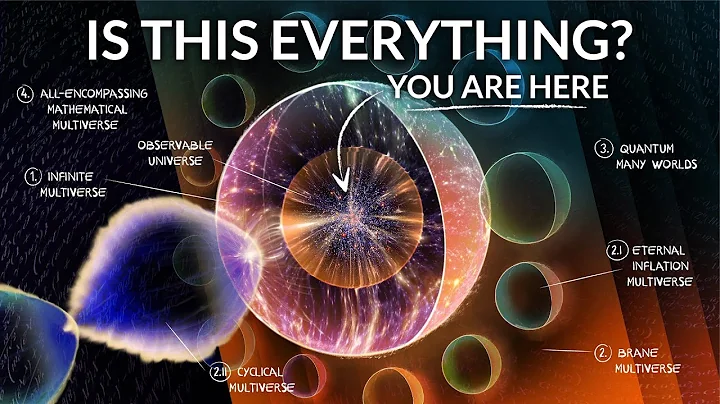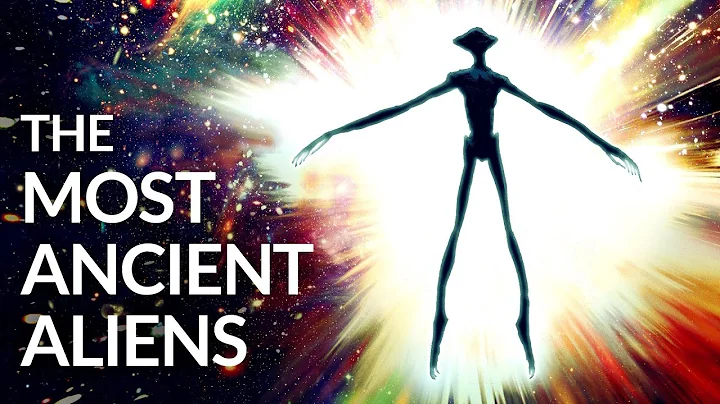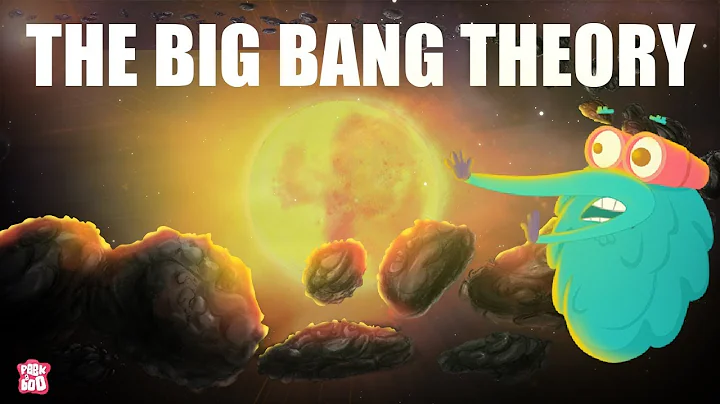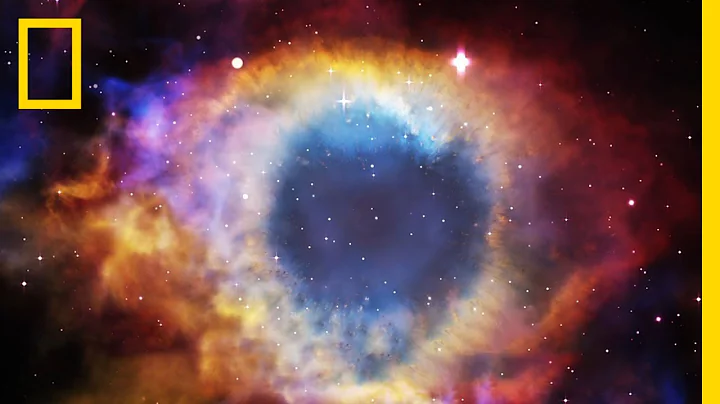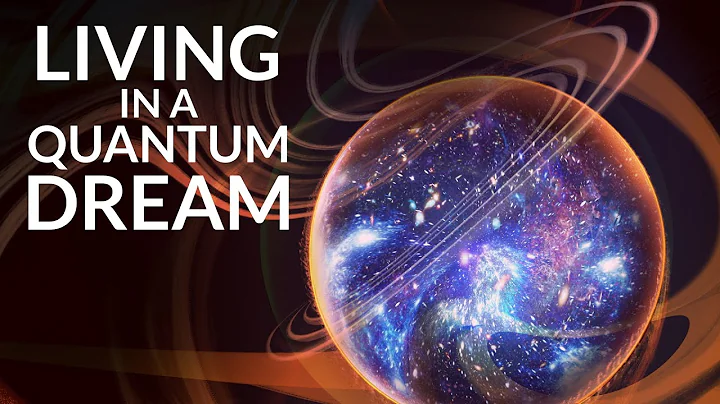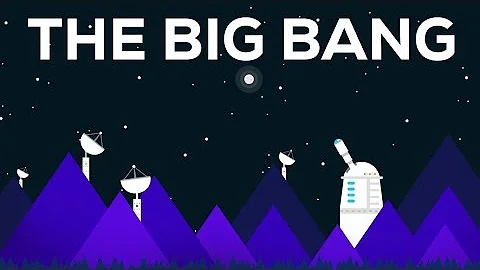According to the current mainstream theory, our universe originated from a big bang. The big bang 13.8 billion years ago produced everything in the universe. At the beginning of the birth of the universe, there were only two elements, and most of them were hydrogen element , and There is part of helium element . Today our world contains more than a hundred elements (plus synthetic ones). Where did so many elements come from?
Stars can be called "factories" for element synthesis. The core of stars is constantly undergoing nuclear fusion , and other lighter elements are produced through stellar nuclear fusion.

So how do elements heavier than iron come about?
First we understand how stars create elements. Take our sun as an example. The mass of the sun is 330,000 times the mass of the earth. The core temperature is as high as 15 million degrees, and the pressure is also very high.
But even in such a terrifying environment, it is difficult for nuclear fusion to occur. In other words, nuclear fusion will not occur under the hard conditions of the sun itself. But today’s sun is indeed undergoing nuclear fusion. What is going on?

This is thanks to the quantum tunneling effect in quantum mechanics . This effect can be understood in a simple way: something that requires more energy to happen has a small probability of happening in the microworld even if the energy is insufficient.
This is just like when we climb a mountain, we need to climb to the top of the mountain, but in the microscopic world there is no need. There is a certain probability of traveling directly to the other side of the mountain.
Although the probability of quantum tunneling effect is very small, due to the large mass of the sun, microscopic particles are countless. In the face of the huge base, there are always some particles that will break through the energy limit and undergo nuclear fusion. It is precisely because of this that the speed of solar nuclear fusion is relatively slow, otherwise it would burn out quickly.

The nuclear fusion of hydrogen element becomes helium element. As long as the mass of the star is large enough, the nuclear fusion can continue. The result is like an onion, with the core part being heavier elements and the outermost layer being hydrogen element.
However, stellar nuclear fusion stops abruptly when it reaches iron elements. Why is this?

Simply put, because iron is the most stable element and its specific binding energy is the largest, the popular understanding is that it requires more energy to break apart the iron atom nucleus.
In other words, if you want iron to continue to fuse, you need a greater energy input, so the result is that the nuclear fusion of other elements produces energy, and the fusion of iron element not only does not release energy, but needs to absorb energy. Ordinary stars cannot meet this condition.
More violent cosmic events are needed to allow iron elements to continue to fuse into heavier elements, such as the supernova explosion !

In the process of death of a massive star (usually more than 3 times the mass of the sun), there is no nuclear fusion to resist the inward gravity, the stellar material begins to collapse sharply inward, the core temperature and pressure of the star rise rapidly, and the outer material Constantly hitting the core of the star.
reaches a certain critical point. Under sufficiently high temperature and pressure conditions, there is enough energy to allow iron elements to continue to fuse. The huge force generated by the fusion of and , coupled with the reaction force caused by the outer material hitting the core, caused the dead star to explode violently, and the outer material was thrown into the vast interstellar space.
This is a supernova!
The supernova explosion is the most violent event since the Big Bang, and it also produced elements heavier than iron, such as gold and silver that we often see today. The stellar material thrown into interstellar space becomes the raw material for the next generation of stars and planets.

Supernova explosions are not the only way to produce heavy elements. There are also neutron star collisions, for example, which can also produce heavy elements!
